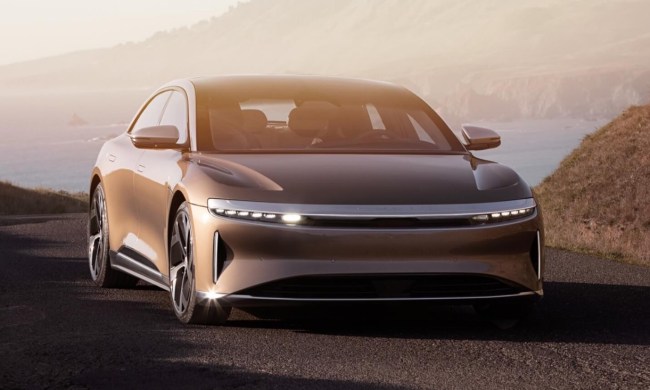Even with a base price of $845,000, one wouldn’t expect Porsche to have a hard time finding buyers for its 918 Spyder hybrid supercar.
Sure enough, Porsche recently told Autocar that all 918 examples of have been spoken for as of last month, and that it’s already thinking about a successor.
Of the 918 examples, 297 were sold to customers in the U.S., while China and Germany will each be home to 100 cars. Porsche has started a waiting list in case any customers get cold feet.
It’s taken Porsche significantly longer to sell its ultimate supercar than rivals Ferrari and McLaren, but they had much smaller production runs.
The 499 LaFerrari hybrids sold out immediately, as did the 32 FXX K track cars. It took McLaren a few months to shift all 375 P1 supercars, and hasn’t confirmed filling all of the slots for its answer to the FXX K, the P1 GTR.
The 918 Spyder had a much longer period of hype, though. Porsche made the decision to build it shortly after unveiling a concept version at the 2010 Geneva Motor Show. Knowing that it would take years to complete development, the carmaker enticed customers with special-edition 911 Turbos as a holdover.
Now that it’s done hawking the 918, Porsche says technology developed for the car could be used to inform its other production models. It also plans to build another flagship supercar, but only when a significant advancement in technology warrants it.
The gap between the race-inspired Carrera GT supercar and the 918 was about 10 years, and that seems to be the pace Ferrari takes with its flagship supercars as well. So maybe we’ll see another mind-blowing Porsche supercar sometime around 2024.


